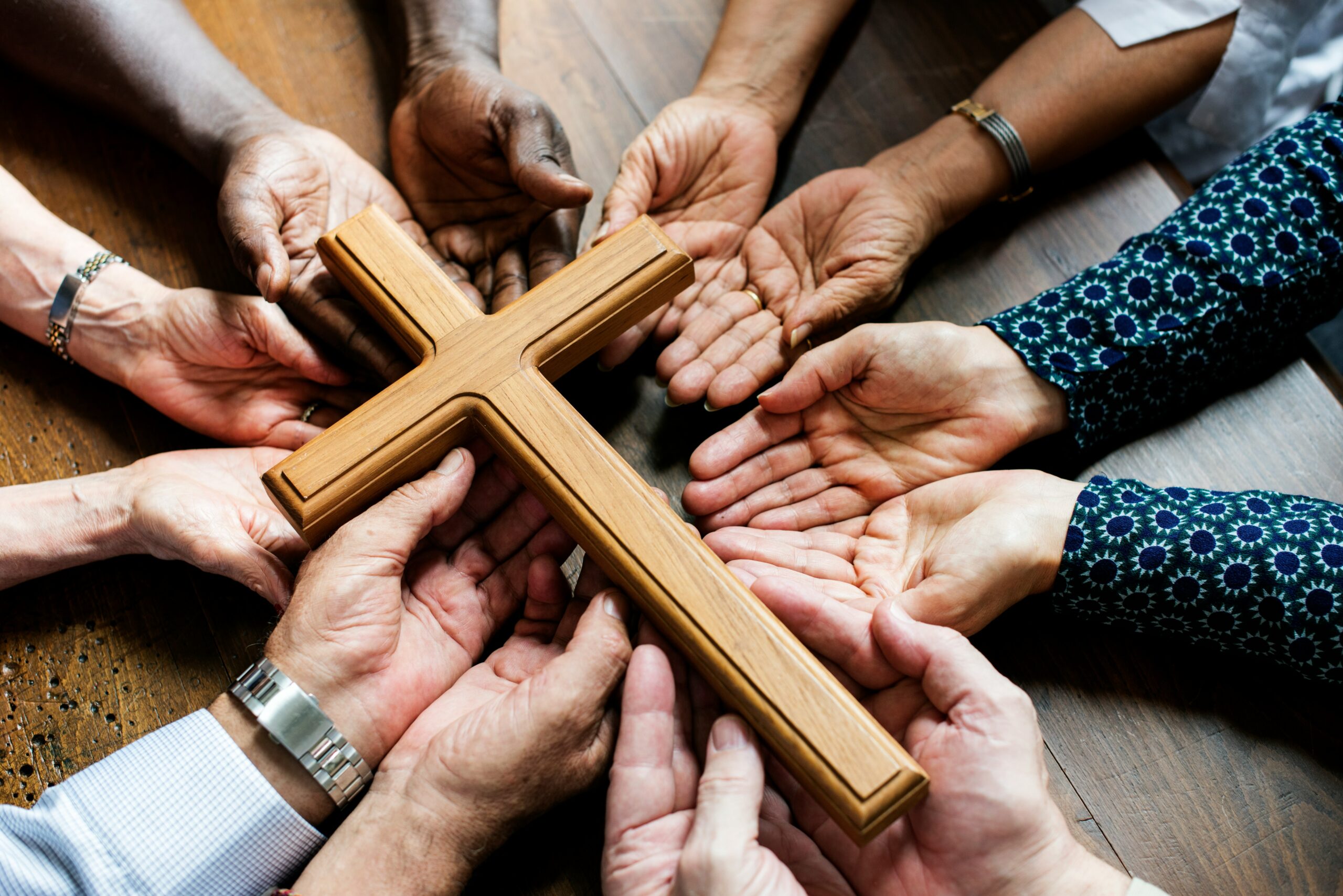
Faith-based communities have always depended on strong leaders to nurture, guide, and support their members. Religious community leadership is about more than managing services or traditions—it is about inspiring people to live with compassion, integrity, and unity. When leaders bring clarity and heart to their role, they build trust, encourage growth, and strengthen the bonds that hold communities together.
The Role of a Religious Leader in Today’s World
Religious leaders wear many hats. They guide worship, teach faith, support families, and provide counsel during life’s most difficult moments. In today’s fast-paced world, they also serve as bridges between tradition and modern life.
For example, many leaders now use technology to stream services or share daily messages of hope on social media. This does not replace in-person connection but extends the reach of their ministry. A leader’s role is to make sure people feel supported, whether they are in the pews or tuning in from home.
Building Trust Through Relationships
Trust is the foundation of any faith community. Leaders earn trust not through titles but through daily actions. Listening without judgment, keeping promises, and showing humility all foster lasting bonds.
One pastor described his approach as “walking with people, not in front of them.” He made time to visit homes, attend school plays, and check in with members beyond Sunday mornings. His leadership became a natural extension of friendship and care.
Guiding with Compassion and Strength
Compassion is at the heart of religious community leadership. Members often look to their leaders during times of loss, illness, or conflict. A compassionate leader knows how to offer comfort while also encouraging resilience.
When a congregation faced the sudden death of a beloved member, the leader created space for shared mourning. At the same time, he reminded the community of their shared faith and hope. By balancing compassion with strength, leaders help their members face challenges with courage.
Teaching Faith in Everyday Life
Religious leaders are also teachers. They help people understand spiritual texts and traditions, but their teaching extends into daily living. Guidance on forgiveness, kindness, and service demonstrates to members how faith can influence their decisions at home, in the workplace, and in the community.
For example, a leader might encourage small acts of service—like checking in on elderly neighbors or volunteering at a food pantry—as expressions of faith. This practical teaching turns religious values into lived experience.
Encouraging Unity in Diversity
Most religious communities comprise individuals with diverse backgrounds, ages, and experiences. A leader’s job is to create unity without forcing uniformity. Respecting differences while focusing on shared values helps the community thrive.
One interfaith leader described this balance as “many voices, one choir.” Each member brings a unique perspective, but together they create a harmonious whole. Leaders who foster respect and cooperation show that diversity can strengthen faith rather than divide it.
Leading with Integrity and Accountability
Integrity is not optional—it is essential. Communities look to leaders as examples of honesty and fairness. When leaders act with integrity, they reinforce trust and confidence in themselves and others. When they fall short, they must take responsibility and make amends.
A rabbi once explained that leadership means “being the same person in the pulpit and at the dinner table.” Accountability keeps leaders grounded and reminds communities that faith is lived out consistently in both public and private spheres.
Nurturing the Next Generation
Religious community leadership also means preparing future leaders. Mentoring youth, offering training, and providing younger members with opportunities to serve ensure that faith traditions continue to thrive with strength.
For instance, some leaders invite teenagers to help plan events, lead music, or organize service projects. These small responsibilities build confidence and prepare them to step into leadership roles in the future. Passing the torch is one of the most important tasks of any leader.
Facing Challenges with Hope
Every community faces challenges, whether financial struggles, declining attendance, or cultural shifts. Strong leaders face these challenges with hope and creativity. They look for solutions while reminding their members of the deeper purpose behind their faith.
A church that saw attendance drop after the pandemic could have focused only on numbers. Instead, its leader encouraged members to see new possibilities. They started small neighborhood prayer groups, increased community service, and rebuilt connections. Hope, paired with action, brought renewal.
Religious community leadership is not about authority—it is about service. Leaders guide with compassion, teach with clarity, and inspire unity. They earn trust through integrity and prepare future generations to carry on the mission. Most importantly, they help communities live their faith in ways that bring hope and healing to the world.
Strong leadership ensures that faith is not just a belief but a shared journey. When leaders nurture trust, unity, and compassion, they make religious communities a source of strength for all who belong to them.